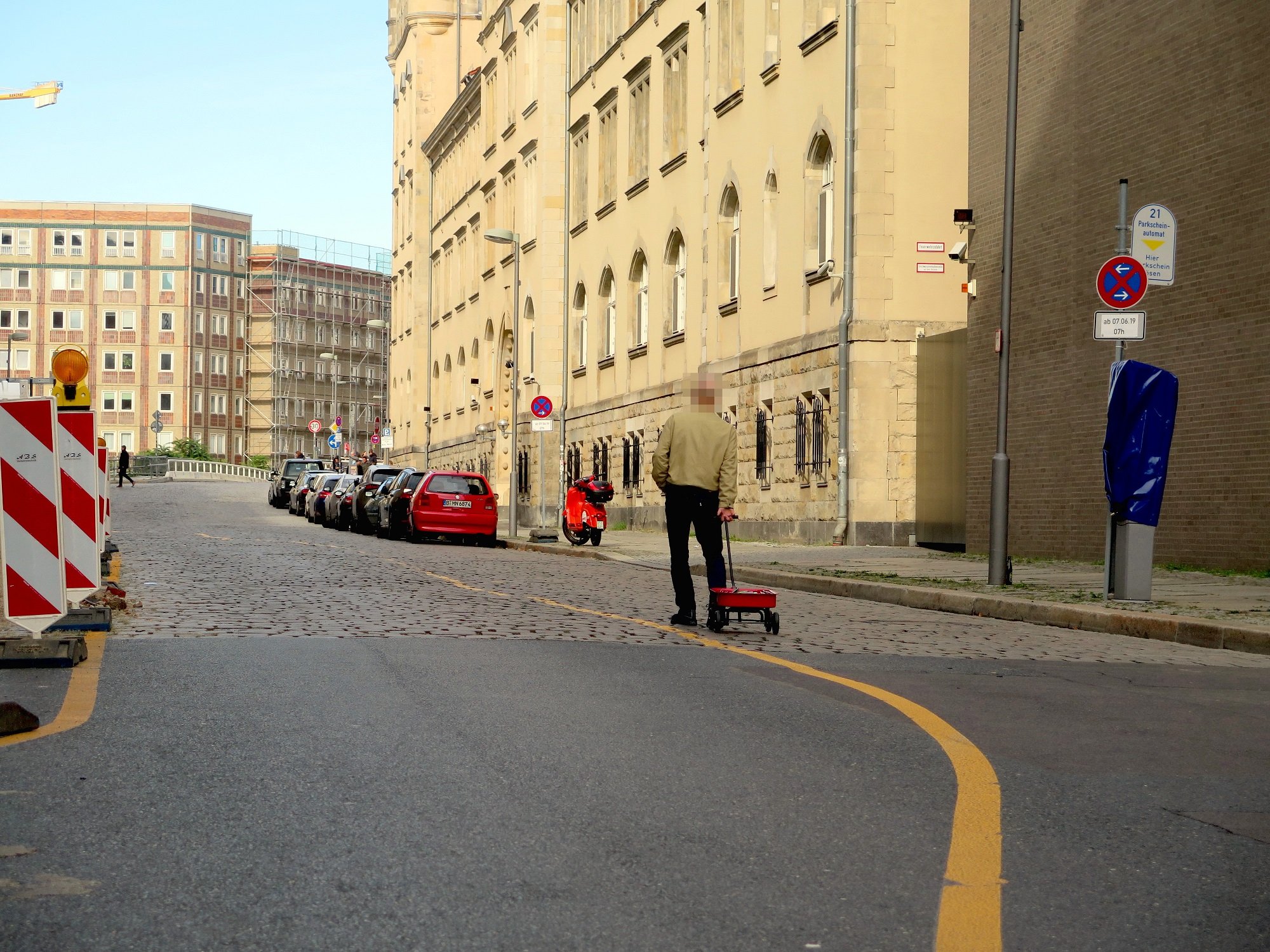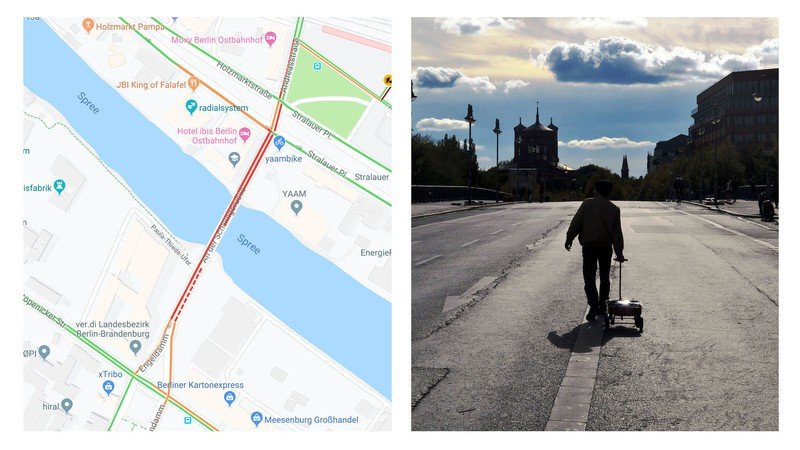Artist creates fake traffic jams in Google Maps with 99 phones and a wagon

What you need to know
- Artist Simon Weckert was able to create a virtual traffic jam in Google Maps using a cartful of smartphones.
- He took advantage of Google Maps crowdsourcing capabilities by running navigation on 99 phones and pulling them through the streets of Germany in a wagon.
- This caused the streets to light up as congested on Google Maps which could lead to drivers being rerouted to other roads.
Google Maps is arguably one of the best tools that Google has ever created. Millions of people make use of it every day, whether it is to discover a new location, or simply to help you navigate to work and back. One of the main reasons people love to use it, is to try to avoid traffic jams, finding the quickest route from point A to point B.
Google is able to estimate traffic largely because of the popularity of Maps, utilizing the number of users who have the app open to gauge how congested the roads are. However, one of Google Maps' biggest strengths could also be its biggest weakness, as shown in this video from a German artist.
Taking advantage of Google Maps crowdsourcing abilities, Berlin-based artist Simon Weckert was able to create virtual traffic jams with nothing more than a cartful of second-hand smartphones. Weckert was able to accomplish this by collecting 99 phones and running Google Maps navigation on them simultaneously while pulling them in a wagon through the streets of Germany.
He then recorded a video of himself trudging through the streets with the phones along with a split-screen view demonstrating how it affected the traffic data in the Google Maps app. As you can see in the video, with access to enough phones, the ability to manipulate Google Maps traffic data is relatively easy.

While Weckert's "Google Maps Hack" is an amusing art project, it also reveals how one person with enough motivation (and phones) can manipulate one of the most popular mapping apps in existence. A vulnerability like this could easily be exploited to disrupt traffic for more nefarious means by some bad actors. Of course, it would only affect users of Google Maps, which is a lot of people.
Weckert posted the video on February 1, 2020, and at the time of writing, it has received nearly 400,000 views. It remains to be seen what, if anything, Google can do to combat the technique used here. This may be such a fringe case that nothing needs to be done at all, but we'd sure like to hope that Google is looking into it.
How to clear search and location history in Google Maps on Android
Be an expert in 5 minutes
Get the latest news from Android Central, your trusted companion in the world of Android

